The latest addition to Xiaomi’s flagship series has landed, and we’ve spent the past few weeks testing the Xiaomi 15. Priced at ₹64,999—and around ₹59,999 with card offers—this compact phone carries forward Xiaomi’s strategy of delivering solid performance without hiking the price over last year’s 14 which we reviewed last year. With its continued Leica collaboration, let’s dig into the camera system of the 15.
Look, Body & Feel
There are a few noticeable changes to the design this time around. The square camera module—a Xiaomi staple—still defines the back, but it now looks visibly slimmer from the side, with more pronounced camera rings. The flash has shifted position and now sits outside the main module. The glossy back from the 14 has been replaced with a more refined matte glass finish. The fingerprint sensor has also been moved slightly higher, making it easier to reach.
What stands out most is the overall form factor: the Xiaomi 15 feels smaller, lighter, and better balanced in the hand. It’s hard to pinpoint, but the size, weight and grip combine to make this device feel more refined and comfortable to use.
Camera Specs
Let’s get into the numbers:
- Rear Cameras: Triple 50MP setup (a step up from the 14)
- Front Camera: 32MP sensor, f/2.0 aperture
- Processor: Snapdragon 8 Gen Elite
- Software Support: 4 years of OS updates, 6 years of security patches
- Configuration: Only one variant – 12GB RAM + 512GB storage
Daylight – Main Camera
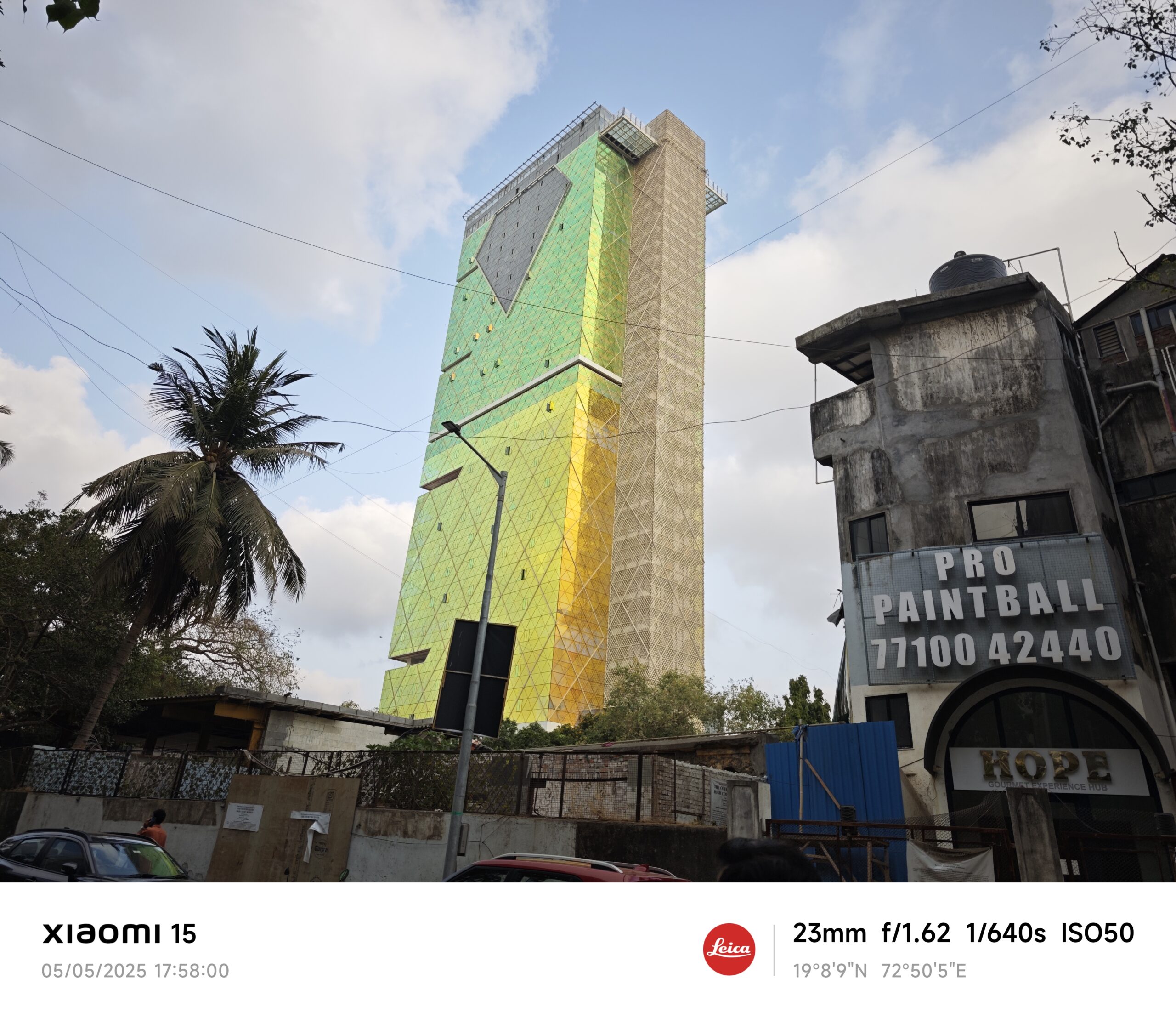
The main camera features the same 50MP Light Fusion 900 sensor as the Xiaomi 14. The images output at 14.5MP and, overall, are decent. We tested all shots on the Leica Authentic mode, but even then, the photos leaned heavily towards saturation. Colour accuracy and dynamic range were impressive—scenes like cloud-filled skies were captured beautifully without shifting hues.
However, there were notable issues with shadows and highlights, especially in high-contrast scenarios, leading to some underexposed results. Most disappointingly, zooming in on these images reveals clear pixelation and a noticeable drop in clarity. Distortion is also a problem, making it feel less polished than expected.
Daylight – Wide Camera
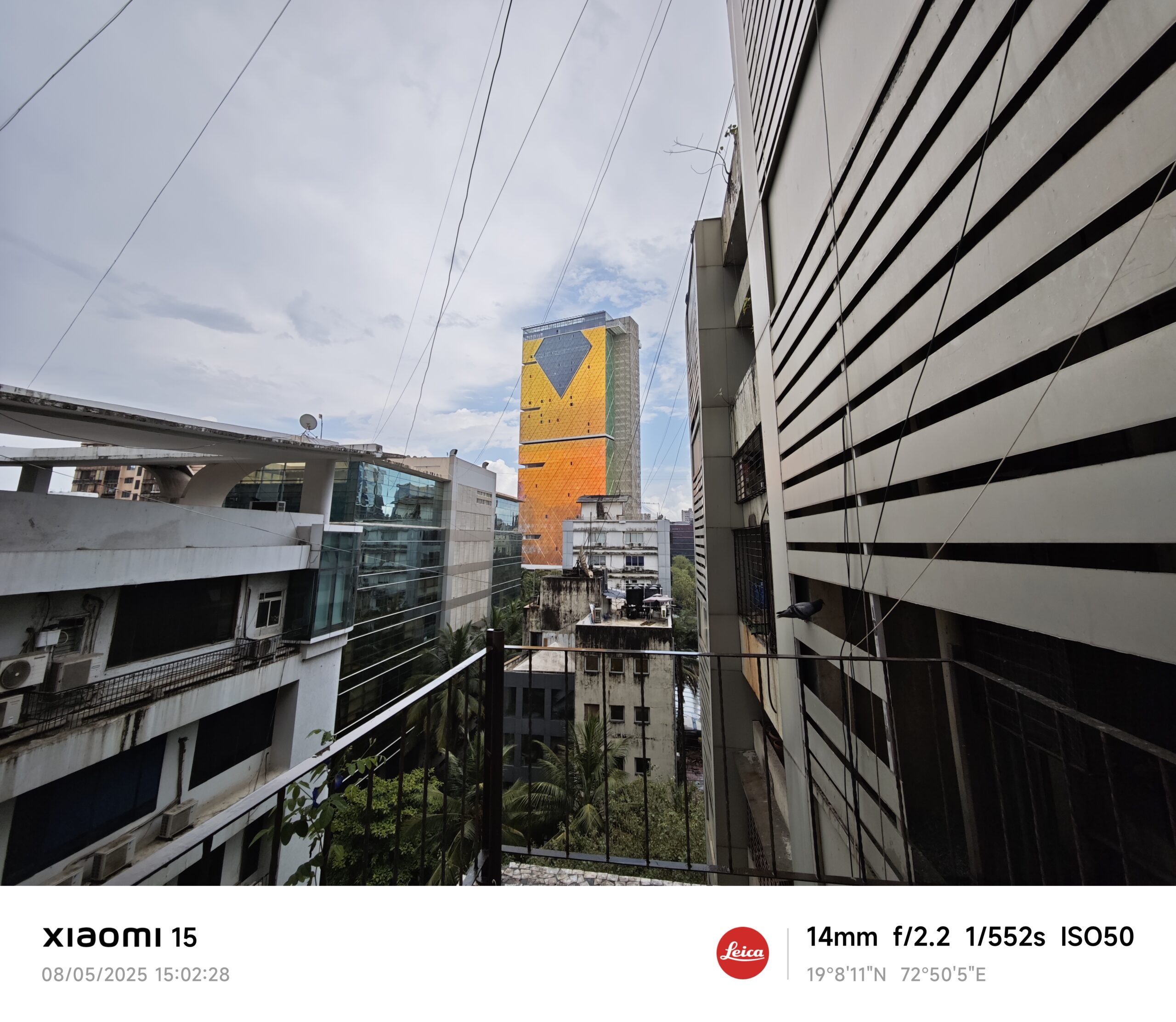
The ultra-wide camera uses the same 50MP Samsung ISOCELL JN1 sensor found in the 14, outputting at 14.45MP. It performs reasonably well. There’s no colour shift, and the tonal balance, highlights, and shadows are slightly better than the main camera.
Dynamic range and contrast are good, but distortion is an issue again. Zoomed-in clarity also struggles.
Daylight – Telephoto Camera
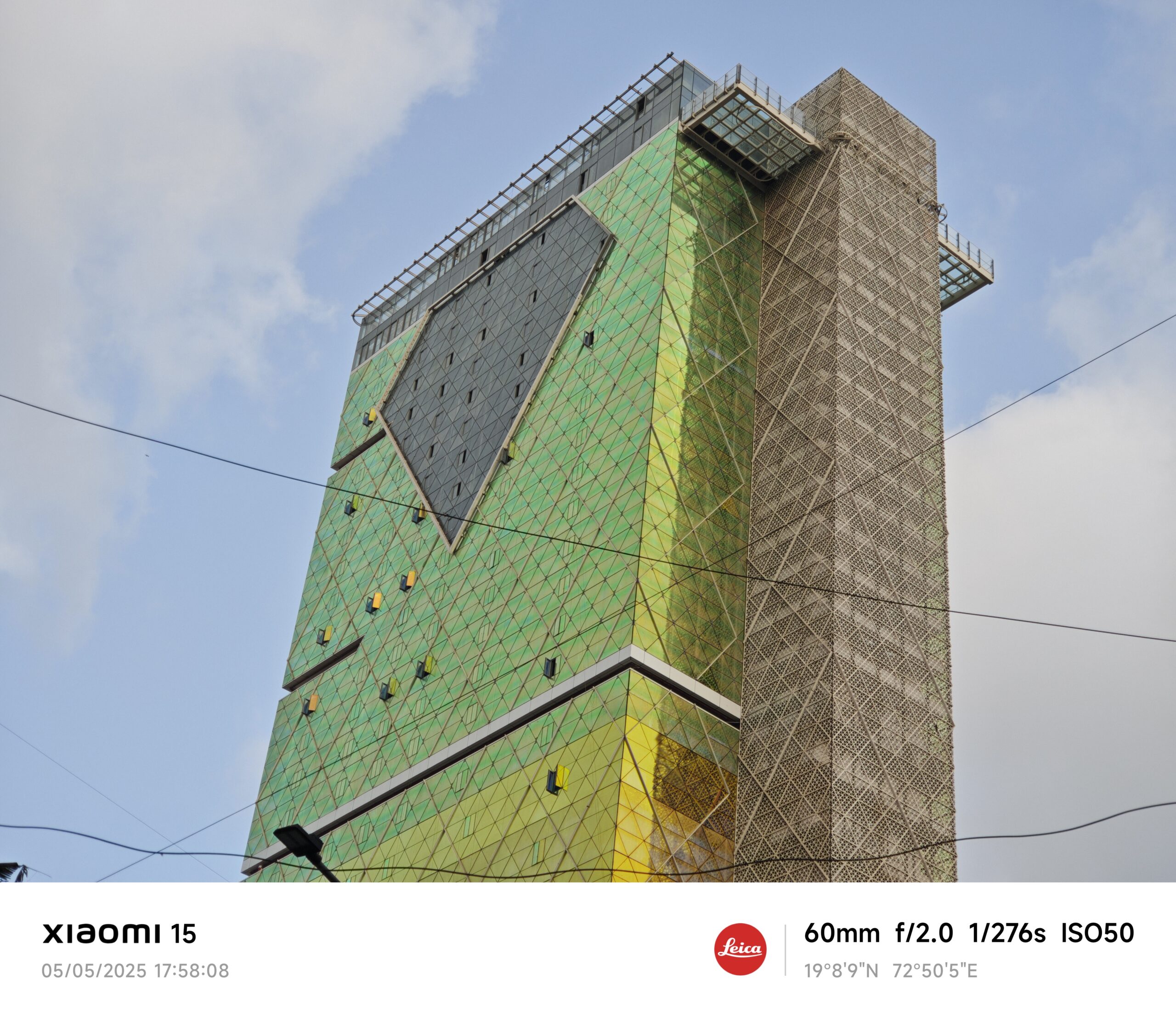
Xiaomi 15 features a 50MP floating telephoto lens with the Samsung JN5 sensor. This offers up to 60x digital zoom with 2.6x optical zoom. Up to 2.6x, image quality holds up—photos are sharp and usable. Between 5x and 10x, sharpness drops off, though some shots remain passable. Beyond 10x (particularly around 230mm), quality falls off a cliff. At 60x, images suffer from colour shift, fringing, and general un-usability.
Interestingly, telephoto shots are the most vibrant of the lot, despite using the same Leica Authentic setting. Distortion is still a weak point, but at least colour consistency remains solid, even at higher zoom levels.
Macro
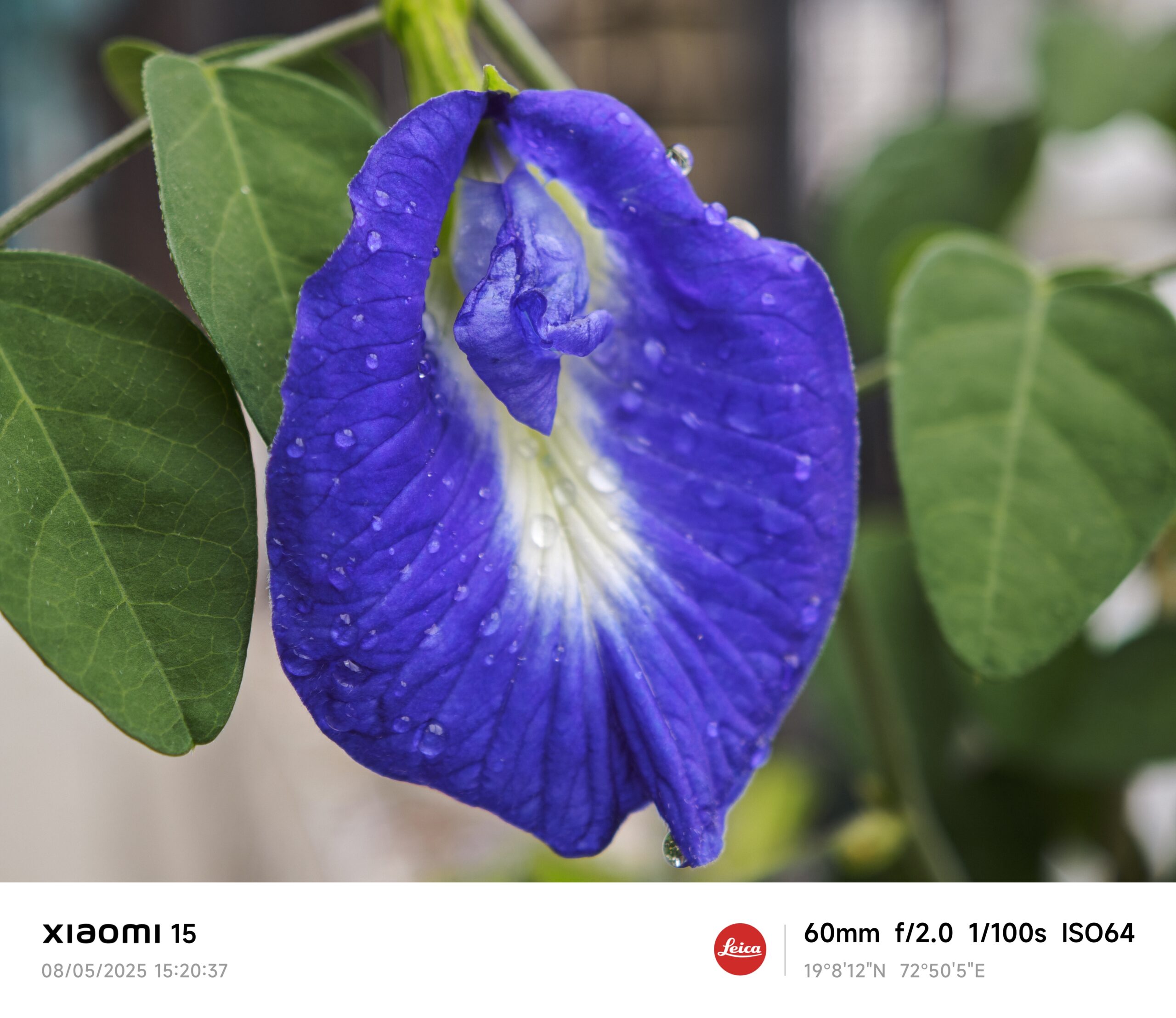
The telephoto lens doubles as a macro shooter, and performance here is strong. Like the 14, the Xiaomi 15 delivers sharp, vibrant macro images, allowing you to get as close as 10cm to the subject. Tonal range and detail are impressive—even when zoomed in. This is one of the camera’s standout features.
Low-Light Performance

With the same sensor but a newer processor, don’t expect a leap in low-light capabilities. The main camera produces decent images—processed but saturated and vibrant. Sharpness isn’t its strength in these conditions, which is par for the course.
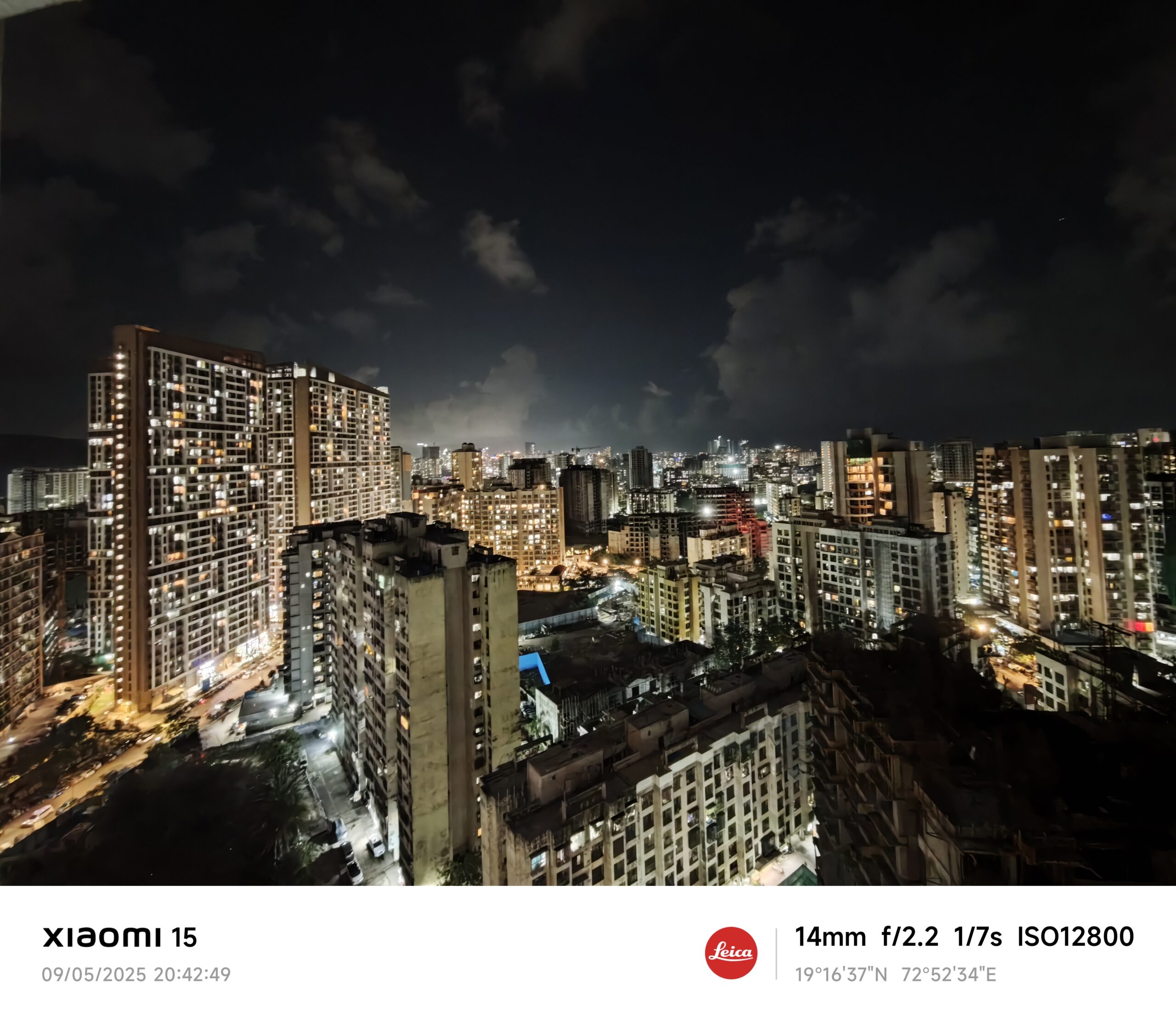
The ultra-wide follows suit: images are colourful and poppy but lack fine detail. That said, it handles tonal range a bit better than the main camera and appears less over-processed. There is also occasional flaring.
Surprisingly, the telephoto camera performs better than expected in low light—up to 2.6x. Images are sharp and usable, although some colour shift occurs (the mustard pillow test being a case in point). Beyond 3x, pixelation creeps in, and image quality deteriorates quickly.
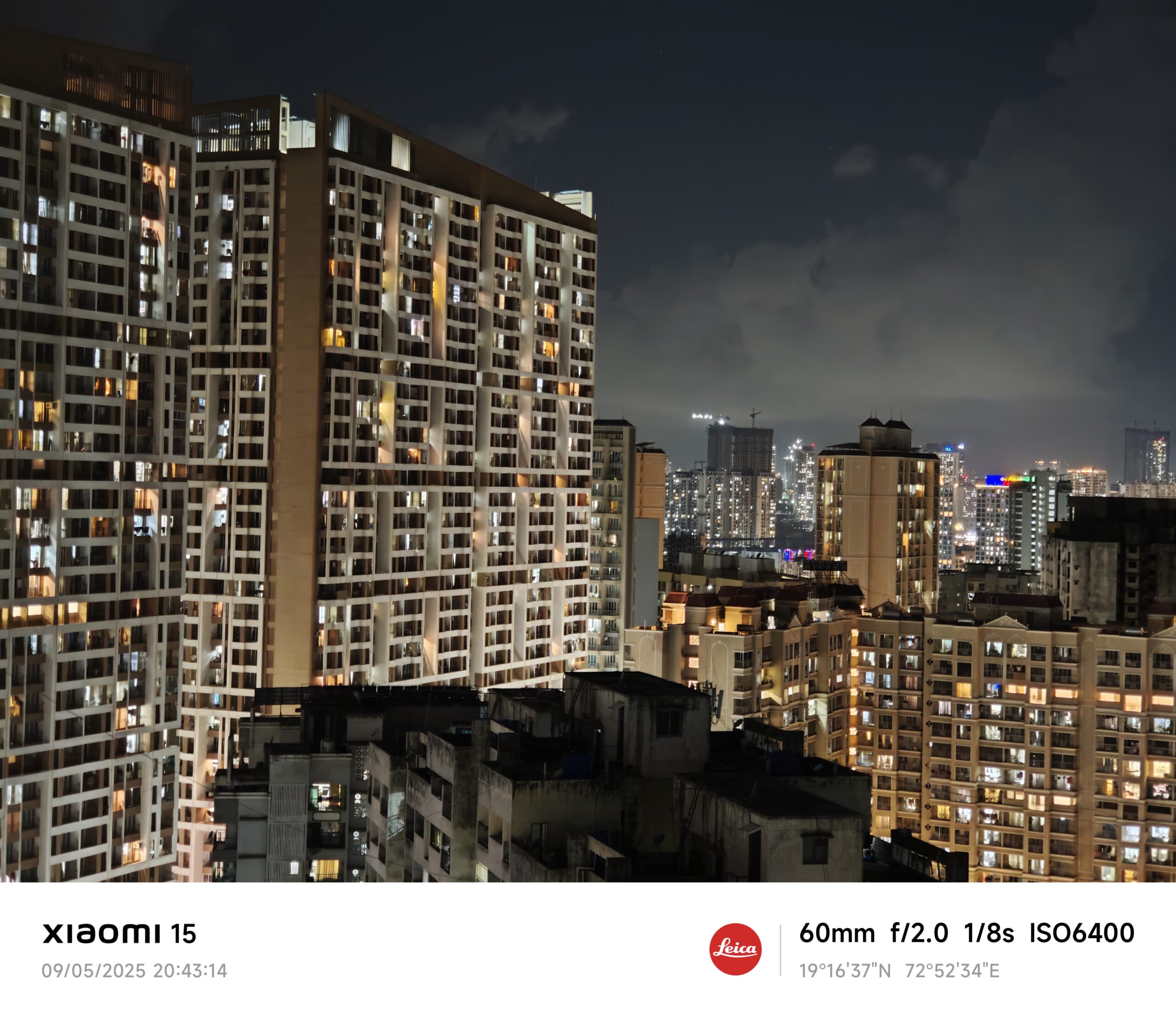
Portrait Mode
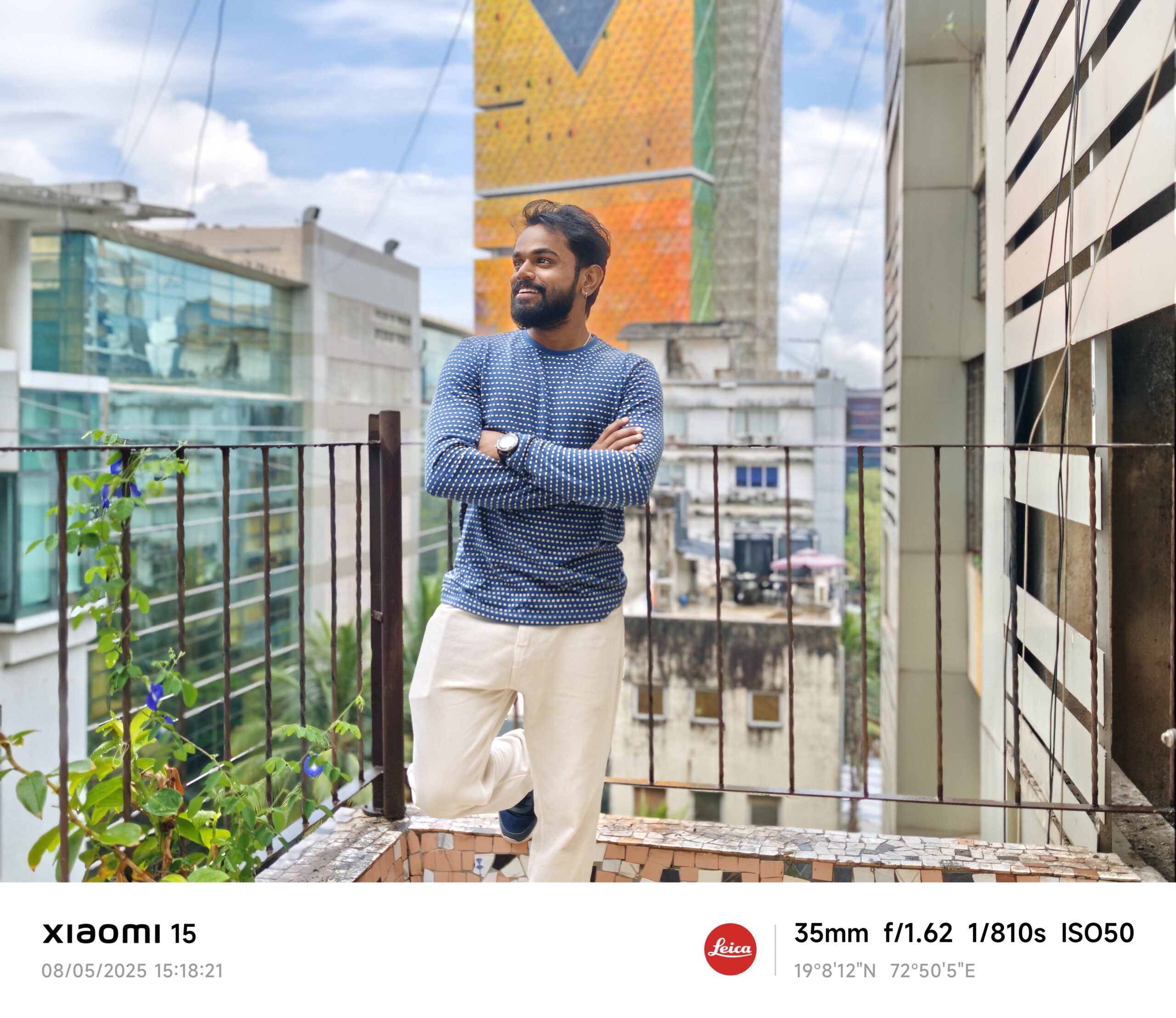
Portraits on the Xiaomi 15 come with Leica’s full suite of effects and the option to shoot using different lenses. The results are generally pleasing—natural, vibrant colours and good dynamic range, even when capturing skies behind the subject (e.g. Rajan’s portrait).
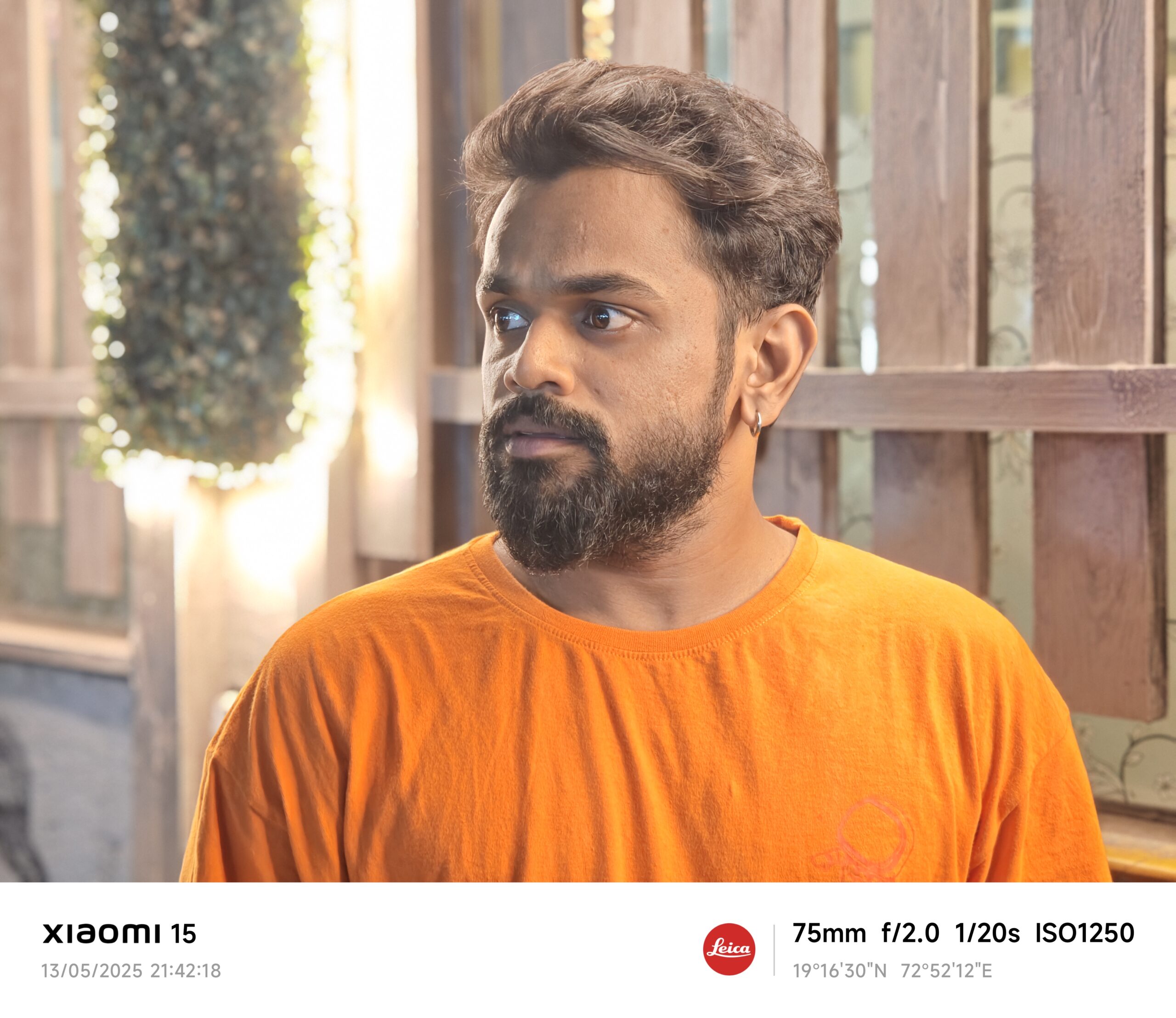
However, edge detection is hit or miss. Some portraits lock onto the subject beautifully; others miss focus entirely. Sometimes, over-sharpening makes edge detection worse. Colour shifting was also noticeable in side-by-side comparisons.
Zoomed-in portraits introduce more distortion and don’t hold up well under scrutiny. In low light, colour accuracy dips further, and exposure inconsistencies are evident—e.g., the orange t-shirt appearing washed out or oversaturated.
Front Camera
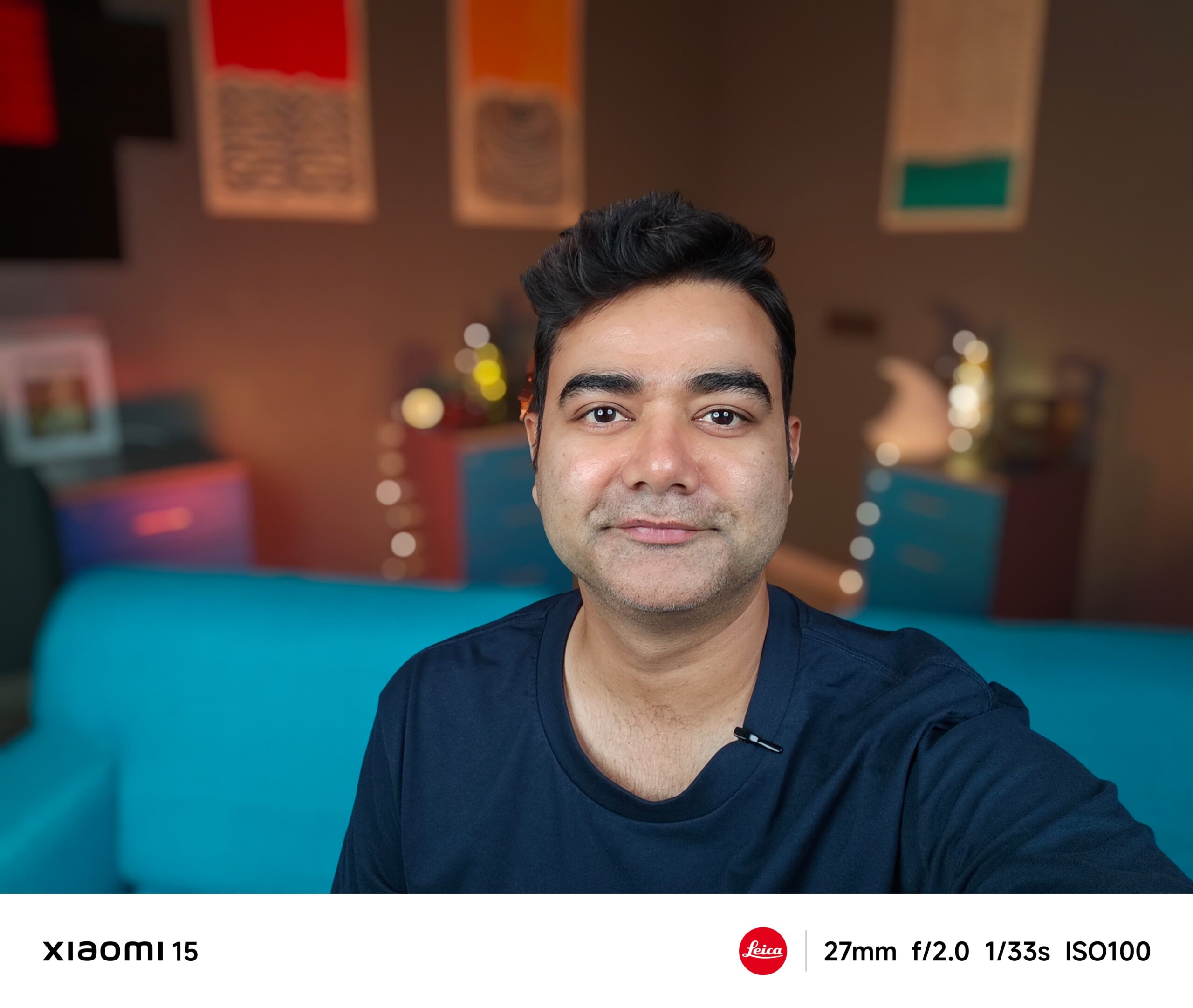
The front camera sports a 32MP sensor, f/2.0 aperture and a 22mm equivalent lens. It delivers decent results in both daylight and low-light conditions, with vibrant colours and fair dynamic range. Nothing groundbreaking, but good enough for most use cases.
Video
The Xiaomi 15 shoots up to 8K at 30fps (a step up from the 14), and 4K at 60fps. Video performance is solid. Even in low light, footage looks clean, and stabilisation deserves special mention—it’s smooth and reliable across scenarios.
Conclusion
So, what’s the verdict on the Xiaomi 15’s cameras? Honestly, they’re a bit of a let-down. After the solid performance of the 14, expectations were high—especially since the price hasn’t changed much. But the camera system feels inconsistent. Yes, the images are eye-catching—vibrant and saturated—but under the surface, issues with clarity, sharpness, distortion, and edge detection stand out.
There’s potential here, and perhaps software updates will help smooth things out. It’s frustrating because the Xiaomi 15 nails so many other aspects: sleek design, great build, powerful internals, and long-term software support. But for a phone with Leica’s name attached, the camera should’ve been the star, not the compromise.
